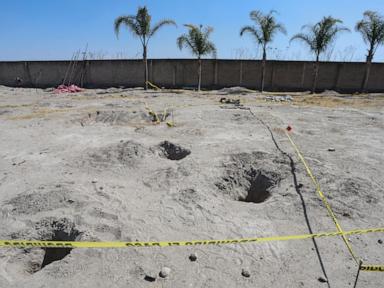As the indie singer-songwriter and Boygenius star releases her latest, highly personal solo record, she talks of her weariness of AI and digital art, the pressures of being in a public relationship, and her anger and fears in Trump’s US
In the shadow of a Hogarth painting, accompanied by guitar and violin, Lucy Dacus is singing about disappointment. The painting depicts Thomas Coram, founder of the Foundling Hospital in London’s Bloomsbury district. A shipbuilder by trade, he is portrayed in full baroque garb, a style usually reserved for the aristocracy. But amid the classical architecture and rich fabrics, he is shown as he was: the thread veins on his face, his feet not quite touching the ground. The setting is apt for Dacus’s disquisitions on life and love, and the ways they can exceed, or fall short of, the expectations we place upon them: the moments that feel exalted, idealised, as well as the times when reality intrudes on the fantasy.
The Foundling Museum, the setting of tonight’s intimate show, also holds a deeper meaning for the singer-songwriter, who was raised in Mechanicsville, Virginia by adoptive parents; the mother who raised her was herself adopted from an orphanage at a young age. “I had nothing like this growing up,” says Dacus to the assembled crowd. “We don’t have the concept of a foundling in the US. It would have been cool if the other kids at school had known that was fine.” The previous day, after her photoshoot in the museum’s grand-looking court room, she is visibly moved upon learning about the building’s history, and its current work training care-experienced young people. She asks the organisers about inviting some of the trainees to the concert: it would, she says, be a way of showing them “hey, I’m doing cool shit – you can do cool shit.”
Continue reading...















